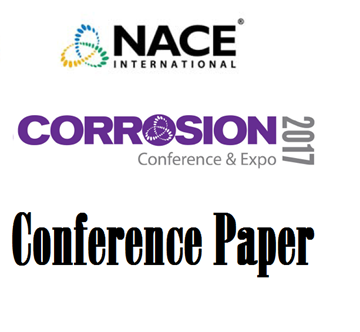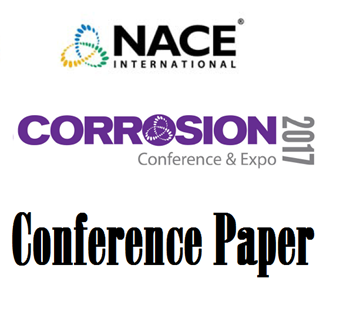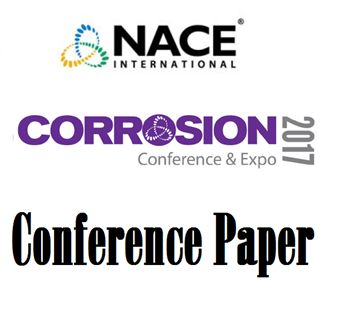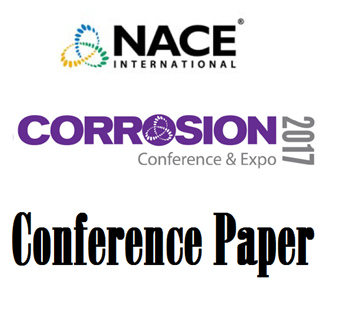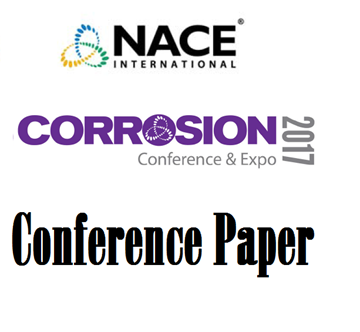Search
NACE Conference Papers
View as
Sort by
Display
per page
Effect of Carbon Dioxide and Hydrogen Sulfide on the Localized Corrosion Susceptibility of Corrosion
Product Number:
51317--8933-SG
ISBN:
8933 2017 CP
Publication Date:
2017
$20.00
Effect of Cathodic Polarisation on Localized Corrosion of 25Cr in Seawater
Product Number:
51319-12870-SG
Publication Date:
2019
$20.00
Effect of Chemical Environment and pH on AC Corrosion of Cathodically Protected Structures
Product Number:
51317--9352-SG
ISBN:
9352 2017 CP
Publication Date:
2017
$20.00
Effect of Cl? Concentration on Erosion-Corrosion Behavior of 434 Stainless Steel in High-Temperature and High-Pressure CO?-O? Environment
Product Number:
51315-5973-SG
ISBN:
5973 2015 CP
Publication Date:
2015
$20.00
Effect of Cold-work on Repassivation and Corrosion Behaviors of Carbon Steels and Stainless Steels
Product Number:
51317--9083-SG
ISBN:
9083 2017 CP
Publication Date:
2017
$20.00
Effect of Concrete Moisture on Macrocell Development in Repair of Reinforced Concrete Substructure with UHPC
Product Number:
51319-13474-SG
Publication Date:
2019
$20.00
Effect of corrosion products evolution/transformation on the localised/pitting corrosion behaviour of carbon steel in sour environment
Product Number:
51319-12943-SG
Publication Date:
2019
$20.00
Effect of CP on the Occurrence of SCC in X80 and X100 Pipe Steels in a Near-Neutral pH Environment
Product Number:
51317--9147-SG
ISBN:
9147 2017 CP
Publication Date:
2017
$20.00
Effect of Crevice Former on the Crevice Corrosion of 316L Stainless Steel in Synthetic Tap Water
Product Number:
51317--9412-SG
ISBN:
9412 2017 CP
Publication Date:
2017
$20.00
Effect of Cyclic Torquing on the Corrosion Resistance and Nut Factor Consistency of Coated High- Strength Steel Bolting
Product Number:
51319-13268-SG
Publication Date:
2019
$20.00
Effect of Different Strength Levels, Coatings and Cathodic Charging Levels on the Hydrogen Embrittlement Resistance of AISI 4340 Bolting Material
Product Number:
51320-14469-SG
Publication Date:
2020
$20.00
Effect Of Flow On The Corrosion Behavior Of Pipeline Steels Under Supercritical CO2 Environment With Impurities
Product Number:
51321-16656-SG
Publication Date:
2021
$20.00

